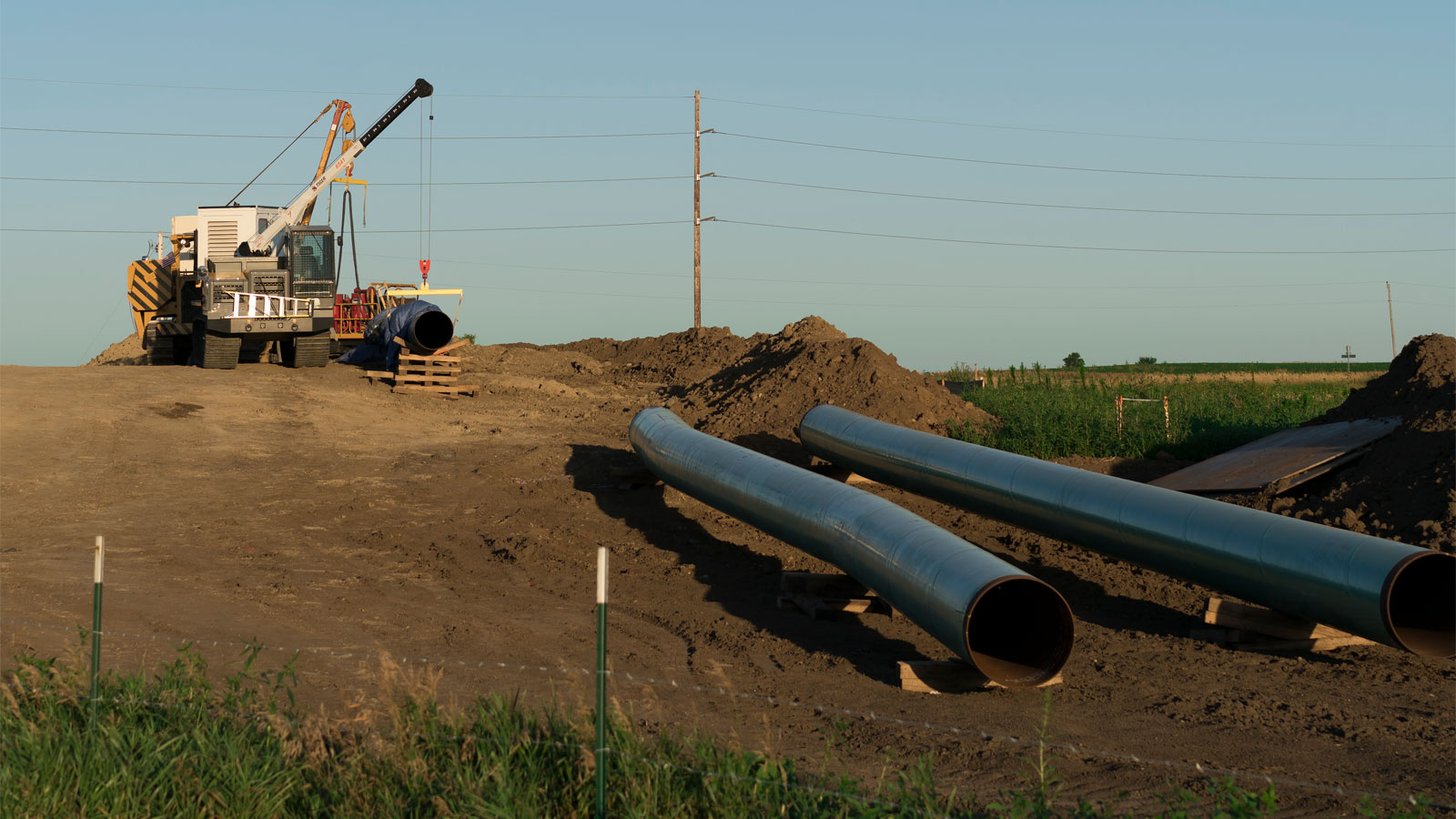The landmark climate report released by the United Nations on Monday called for a transformation in the way people use energy, buildings and vehicles. And for the first time it also focused on humans, themselves.
The new report includes an entire chapter devoted to the social aspects of climate mitigation, the first of its kind to be included in an assessment by the Intergovernmental Panel on Climate Change.
“In this report, we show how mitigation goes hand in hand with achieving many of the sustainable development goals,” said Ramón Pichs-Madruga, vice-chair of the IPCC working group that prepared the report, in a virtual announcement of the findings on Monday. “We see that equity and just transitions can lead to deeper ambitions for accelerated climate action.”
The chapter discusses a variety of potential ways to reduce society’s demand for energy and other carbon-intensive activities. That’s everything from expanding public transportation and designing more compact, walkable cities, to building more energy-efficient homes to reduce demand for heating and cooling.
These kinds of demand-side interventions can make a major difference over the next few decades, the report finds. They could reduce greenhouse gas emissions by anywhere from 40 to 70 percent by 2050. That’s enough to keep the Paris Agreement’s goals in sight.
The report outlines the unequal and unsustainable patterns of global demand and consumption that are driving climate change. About half of Earth’s emissions are the product of consumption by the richest 10 percent of people. The average carbon footprint of the world’s richest people is about 175 times higher than those of the poorest.
The chapter also delves into the ways that greenhouse gas reductions affect human well-being.
It finds that demand-side climate action doesn’t necessarily have a negative impact on society or human quality of life. In fact, on the whole, it improves health and happiness.
That’s because many forms of climate action have other co-benefits for society. For instance, designing cities that are friendlier for cyclists and pedestrians cuts down on emissions from automobiles — and it also increases opportunities for exercise and outdoor activity, improving human health.
Fewer cars on the road also cuts down on air pollution. Installing parks and green spaces can reduce urban heat, while also improving air quality, increasing opportunities for outdoor recreation and providing benefits for mental health.
Governments can benefit from looking at climate mitigation and sustainable development through the same lens, the report notes — the common goal of societywide transformation. Rather than asking how to design climate policies that also benefit human well-being, governments might approach the issue by asking how to provide high-quality social services for all people in low-carbon ways.
At the same time, reducing inequalities in society through sustainable development can help cut down on emissions. Improving social equity increases trust in government, the report notes — and that can increase public support for stronger climate policies. Research has also found that economic growth is associated with lower carbon emissions in more equitable societies.
The report also finds that engaging with diverse populations is crucial for strengthening climate action. Women, people of color and other marginalized populations are often disproportionately affected by climate change. Engaging with them on climate mitigation strategies can increase societal motivation and support for climate action — and it can also help governments design more effective and more equitable climate policies.
These kinds of discussions are necessary for the kind of transformative change needed to address global warming, experts say — but they’ve been largely omitted in previous major climate reports.
Since the IPCC was founded more than 30 years ago, it’s released six major assessment reports. Social science perspectives were nearly absent from the first three assessments and were introduced in limited ways in the fourth and fifth assessments.
That’s not enough, experts say. In recent years, scientists have increasingly called for more input from social scientists in discussions of climate mitigation, which have historically focused on “hard” climate science and energy economics.
In a 2015 op-ed in the journal Nature, published not long after the IPCC completed its fifth assessment report, climate policy expert David Victor argued that the organization “must overhaul how it engages with the social sciences.”
“Fields such as sociology, political science and anthropology are central to understanding how people and societies comprehend and respond to environmental changes, and are pivotal in making effective policies to cut emissions and collaborate across the globe,” he added.
It’s not an issue limited to the IPCC.
Last year, a report from the National Academies of Sciences, Engineering and Medicine presented a series of recommendations for the U.S. Global Change Research Program, a mainstay of federal climate research. The report urged a greater focus on social science, including the unequal ways climate change affects different populations and the ways different sectors of human society interact with one another and with the Earth’s climate system (Climatewire, March 17, 2021).
At the same time, there’s been an explosion of scientific literature on the social dimensions of climate change and climate action.
Previous IPCC assessments on climate mitigation “have been very techy reports,” said Jim Skea, co-chair of the IPCC working group that prepared the new report, in a press briefing shortly before it was released. “And we’re really keen to bring the people much closer in focus this time.”
By emphasizing human elements, the new report underscores the idea that addressing climate change goes hand in hand with tackling other social issues. The strategies necessary to halt global warming also improve human quality of life and reduce inequalities in society — and at the same time, more equitable societies can drive stronger climate action.
“In all countries, actions to limit global warming that result in wider benefits to societies can increase the pace, depth and breadth of emissions reductions,” Pichs-Madruga said. “Accelerated and equitable climate action in mitigating climate change and adapting to climate change impact is critical to sustainable development.”
Reprinted from E&E News with permission from POLITICO, LLC. Copyright 2022. E&E News provides essential news for energy and environment professionals.
Note: This article have been indexed to our site. We do not claim legitimacy, ownership or copyright of any of the content above. To see the article at original source Click Here











